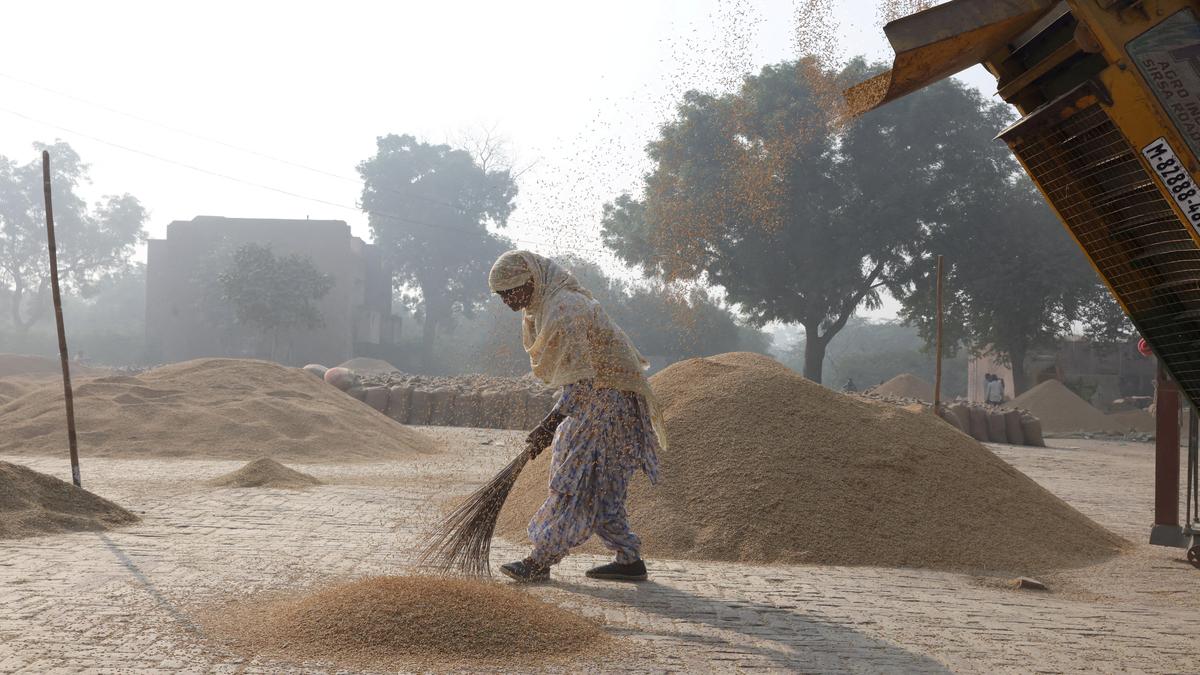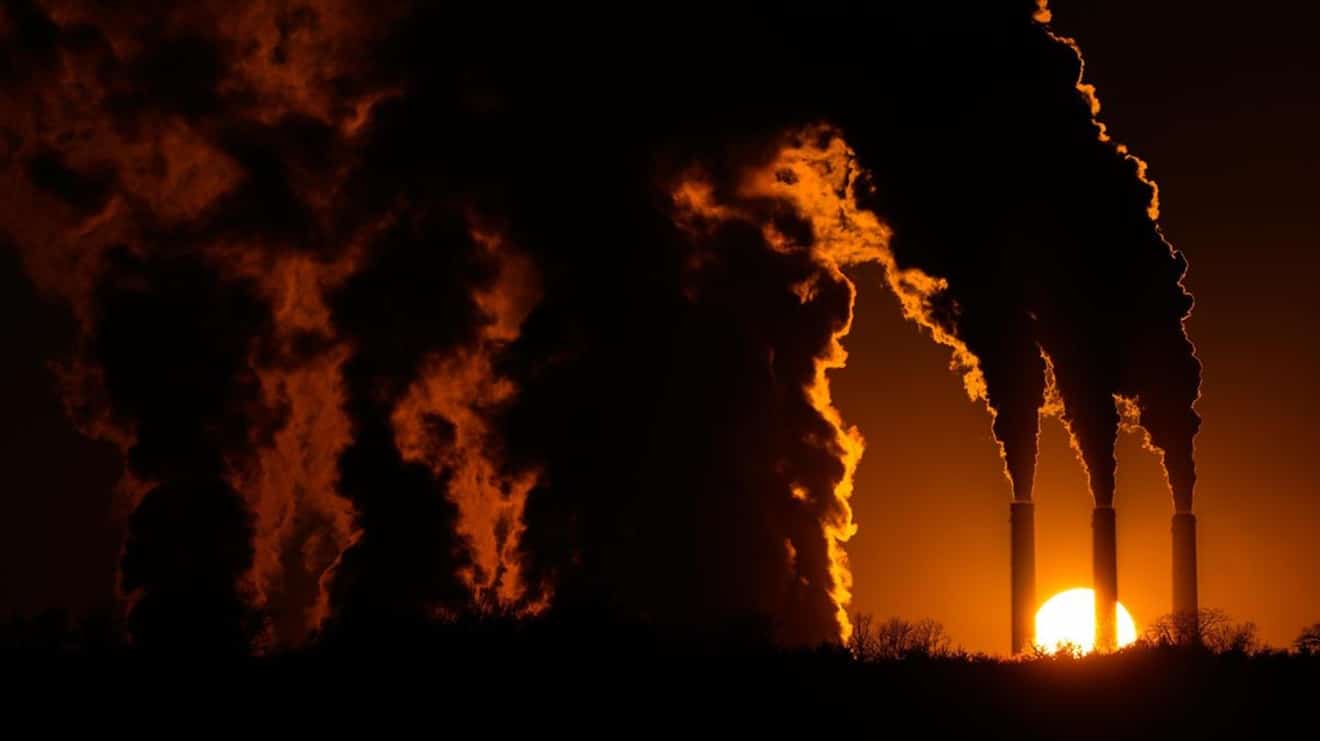What’s in today’s article?
● Why in News?
● Border Dispute in Eastern Sector of LAC
● What is McMahon Line?
● The dispute between India and China is eastern sector
● Indo-China 1962 war and Arunachal Pradesh
● Renaming of places by China
● Why is China giving names to places that are in India?
● What does China seek to gain from making these claims?
Why in News?
India rejected as senseless China renaming of some places in Arunachal Pradesh. It said that assigning invented names does not alter the reality that the state “is, has been, and will always be” an integral part of India.
India’s sharp response came after the Chinese government announced names for 30 more places in Arunachal Pradesh which it claims as the southern part of Tibet.
What is McMahon Line?
- The disputed boundary in the Eastern Sector of the India-China border is over the McMahon Line.
- Representatives of China, India and Tibet in 1913-14 met in Shimla to settle the boundary between Tibet and India, and Tibet and China.
- During the Shimla conference, Sir Henry McMahon, the then foreign secretary of British India, drew up the 550-mile (890 km) McMahon Line as the border between British India and Tibet.
- This line was drawn from the eastern border of Bhutan to the Isu Razi pass on the China-Myanmar border.
The dispute between India and China is eastern sector
- The McMahon line moved British control substantially northwards. This agreement ceded Tawang and other Tibetan areas to the imperial British Empire.
- Though the Chinese representatives at the meeting initialled the agreement, they subsequently refused to accept it.
- Subsequently, the Chinese government stated that it does not recognize the “illegal” McMahon Line.
- China accuses India of occupying areas in Arunachal, which it calls part of Southern Tibet.
- China claims territory to the south of the McMahon Line, lying in Arunachal Pradesh.
- China also bases its claims on the historical ties that have existed between the monasteries in Tawang and Lhasa.
Indo-China 1962 war and Arunachal Pradesh
- The Arunachal Pradesh border, that China claims to be its own territory, is the largest disputed area, covering around 90000 sq. km.
- During the 1962 war, the People’s Liberation Army occupied it but they announced a unilateral ceasefire and withdrew respecting the McMahon Line.
- However, it has continued to assert its claim over the territory. Nowadays, almost the whole of Arunachal is claimed by China.
Renaming of places by China
- Recently, in March 2024, the Chinese Ministry of Civil Affairs released the fourth list of standardised geographical names in Arunachal Pradesh.
- In April 2023, Beijing had released the third list of standardised names of 11 places in Arunachal Pradesh.
- The first batch of the standardised names of six places in Arunachal Pradesh was released in 2017 while the second batch of 15 places was issued in 2021.
Why is China giving names to places that are in India?
- China claims some 90,000 sq km of Arunachal Pradesh as its territory.
- It calls the area Zangnan in the Chinese language and makes repeated references to “South Tibet”.
- Chinese maps show Arunachal Pradesh as part of China, and sometimes parenthetically refer to it as “so-called Arunachal Pradesh”.
- China makes periodic efforts to underline this unilateral claim to Indian territory. Giving Chinese names to places in Arunachal Pradesh is part of that effort.
What does China seek to gain from making these claims?
- It is a part of the Chinese strategy to assert its territorial claims over Indian territory.
- As part of this strategy, China routinely issues statements of outrage whenever an Indian dignitary visits Arunachal Pradesh.
- It did so when the then Vice President Venkaiah Naidu went there to address the state Assembly in October 2021.
- The first batch of renaming in 2017 had come days after the Dalai Lama visited Arunachal Pradesh.
- Also, Chinese officials claim that the standardisation was necessary since all names used in southern Tibet were inherited through word-of-mouth for generations by minority ethnic groups.
- Hence, these names reflect that China’s proposal on the sovereignty claim of the region has a prominent historical, cultural, administrative and jurisdictional basis.
- Laying aggressive claims to territories on the basis of alleged historical injustices done to China is a part of Beijing’s foreign policy playbook.
- The claim on Taiwan is one such example.
- Also, consistent efforts are being made by China to change the facts on the ground in several disputed islands in the South China Sea.
Q.1. Where is Arunachal Pradesh?
Arunachal Pradesh is a state in India’s northeastern tip. It’s known as the “Land of Dawn-lit-Mountains” and is India’s most remote state. The state is bordered by Tibet, Bhutan, and Burma (Myanmar).
Q.2. What is the geographical location of Tibet?
Tibet is located in the southwest of China, on the Tibetan Plateau. It is also bordered by India, Nepal, Myanmar (Burma), and Bhutan. Tibet is west of the Central China plain, and is considered part of East Asia.
Source: India rejects China’s ‘senseless’ Arunachal act: Giving invented names does not alter reality
Last updated on January, 2026
→ Check out the latest UPSC Syllabus 2026 here.
→ Join Vajiram & Ravi’s Interview Guidance Programme for expert help to crack your final UPSC stage.
→ UPSC Mains Result 2025 is now out.
→ UPSC Notification 2026 is scheduled to be released on January 14, 2026.
→ UPSC Calendar 2026 has been released.
→ UPSC Prelims 2026 will be conducted on 24th May, 2026 & UPSC Mains 2026 will be conducted on 21st August 2026.
→ The UPSC Selection Process is of 3 stages-Prelims, Mains and Interview.
→ Prepare effectively with Vajiram & Ravi’s UPSC Prelims Test Series 2026 featuring full-length mock tests, detailed solutions, and performance analysis.
→ Enroll in Vajiram & Ravi’s UPSC Mains Test Series 2026 for structured answer writing practice, expert evaluation, and exam-oriented feedback.
→ Join Vajiram & Ravi’s Best UPSC Mentorship Program for personalized guidance, strategy planning, and one-to-one support from experienced mentors.
→ UPSC Result 2024 is released with latest UPSC Marksheet 2024. Check Now!
→ UPSC Toppers List 2024 is released now. Shakti Dubey is UPSC AIR 1 2024 Topper.
→ Also check Best UPSC Coaching in India

















